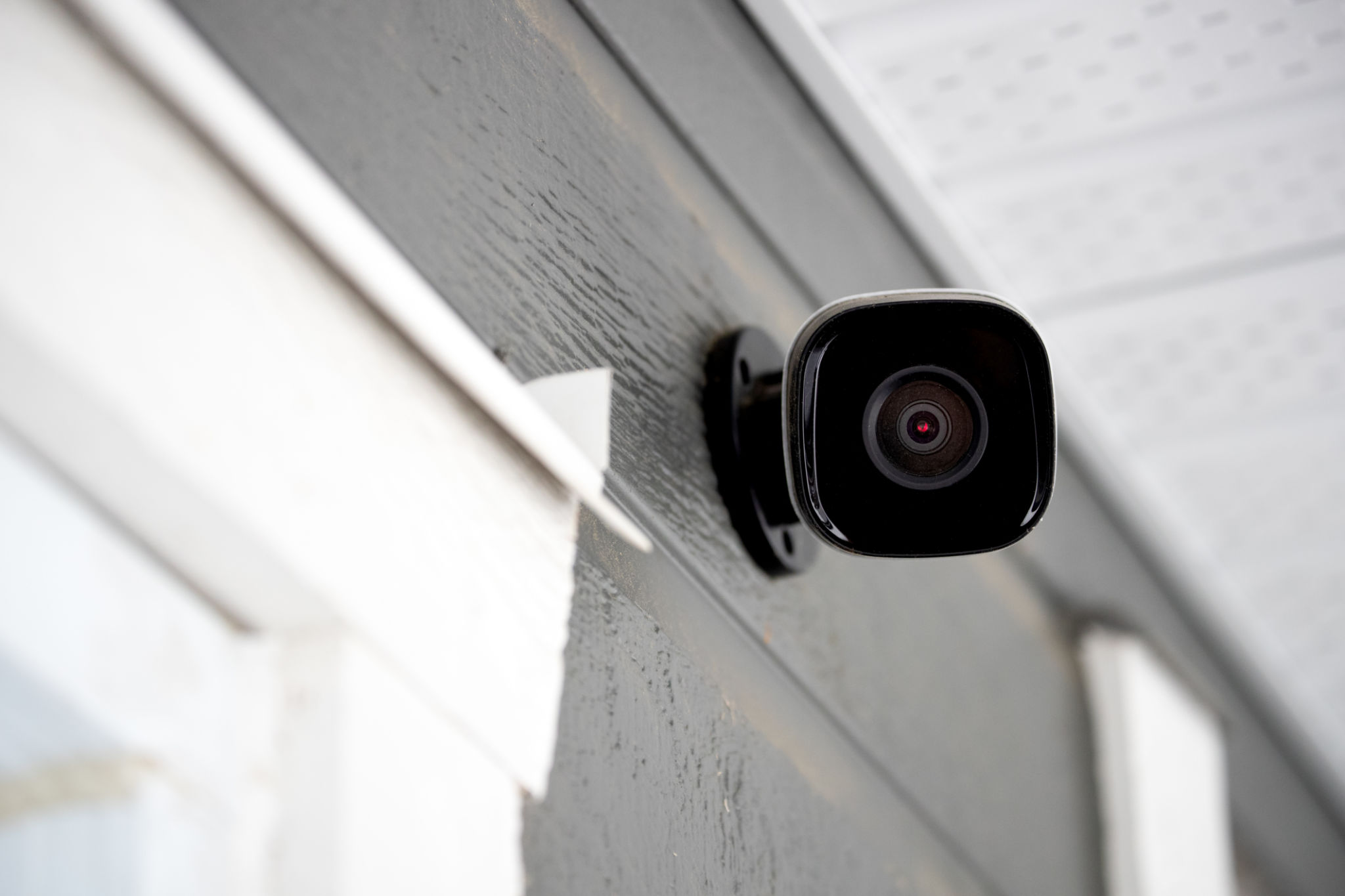Creating Stunning 360 Videos: A Step-by-Step Guide
Understanding 360 Video Technology
360 videos are an immersive form of media that allows viewers to explore a scene from every angle. This technology uses multiple cameras or special rigs to capture a spherical view, creating a more engaging and interactive experience. As the popularity of virtual and augmented reality grows, so does the demand for high-quality 360 content.

Choosing the Right Equipment
Selecting the right equipment is crucial for creating stunning 360 videos. While there are many options available, your choice will depend on your budget and the complexity of your project. Some popular cameras include the Insta360, GoPro Max, and Ricoh Theta. These cameras are user-friendly and offer high-resolution video capabilities.
Setting Up Your Shot
Once you have your equipment, the next step is setting up your shot. Consider the environment and ensure that the camera is positioned at an optimal height, usually eye-level, to create a natural perspective. Pay attention to lighting, as it plays a significant role in video quality. Natural light is often best, but additional lighting can be used to enhance the scene.
Shooting Techniques for 360 Videos
Shooting 360 videos requires different techniques compared to traditional filming. One key aspect is to keep the camera steady, as any shake or movement can disrupt the viewer's experience. Use tripods or stabilizers to maintain stability. Additionally, plan your shots carefully to ensure that all angles of the scene are captivating.

Editing Your 360 Video
Editing is where your 360 video truly comes to life. Software like Adobe Premiere Pro and Final Cut Pro offer tools specifically designed for 360 video editing. Focus on stitching, which combines footage from different cameras into a seamless spherical view. Pay attention to transitions and ensure that they are smooth to maintain viewer immersion.
Adding Audio for Immersion
Audio is as important as visuals in creating an immersive 360 experience. Consider using spatial audio techniques that allow sound to change based on the viewer's direction. This can significantly enhance realism and engagement. Software like Reaper and Ambisonic Studio can help you achieve this effect.
Publishing and Sharing Your 360 Video
Once your video is complete, it's time to share it with the world. Platforms like YouTube and Facebook support 360 videos and have large audiences eager for immersive content. Ensure your video is properly formatted for these platforms and consider SEO best practices to maximize visibility.

Tips for Engaging Your Audience
Engagement is key to the success of your 360 video. Encourage viewers to explore different angles by highlighting points of interest within the video. Use interactive elements like hotspots or annotations to guide them through the experience. Finally, invite feedback and discussions to foster a community around your content.